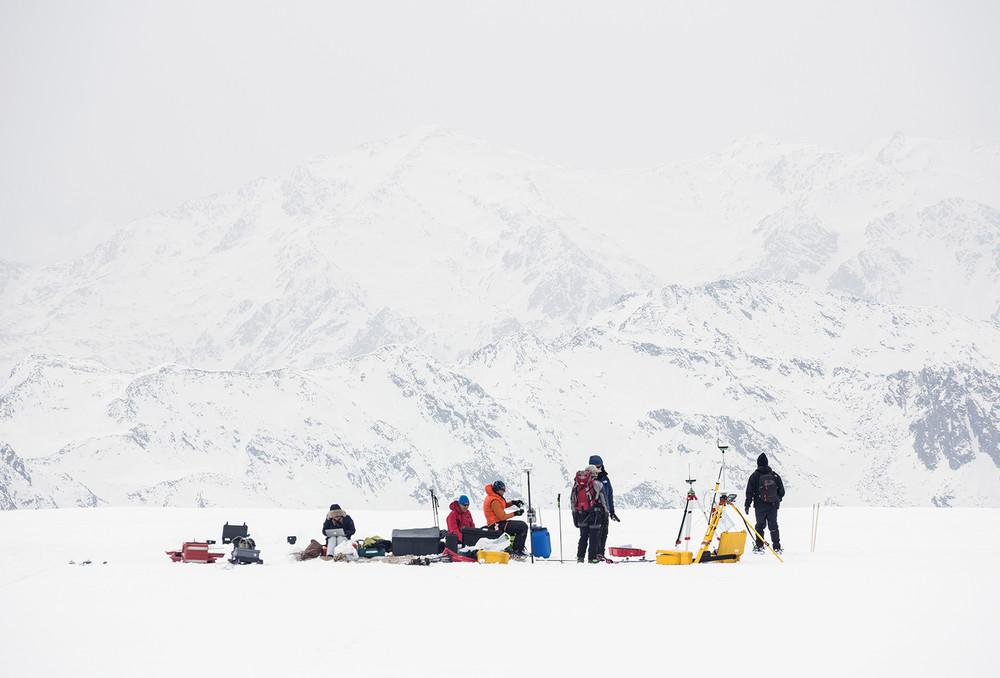
Earlier this year I joined the team of the Driving the Human initiative as the program coordinator. Driving the Human is a catalyst for experimentation, shaping sustainable and collective futures that combine science, technology, and the arts in a transdisciplinary and collaborative approach. Running from 2020-2023, the project is jointly led by four partner institutions – acatech – National Academy of Science and Engineering, Forecast, the Karlsruhe University of Arts and Design and ZKM | Center for Art and Media Karlsruhe – and relies on the expert knowledge and skills of their combined networks.
Throughout 2023, the community of participants, experts, and the larger audience that Driving the Human brings together will explore diverse phenomena such as the social impact of global warming, energy cycles and technology-driven disruptions, the impact of collective decision making, and contemporary processes of exchanging values and objects.
The results of these explorations will be shared and communicated over the project’s three-year duration, and will deploy strategies for action in the form of physical experiences, with a strong individual and collective impact. Ultimately, they will create tools that enable new ways of envisioning and inhabiting the world.
I’m excited to be part of such an ambitious initiative and I invite you to learn more about the project and partners at the Driving the Human website, Instagram and Facebook channels.
